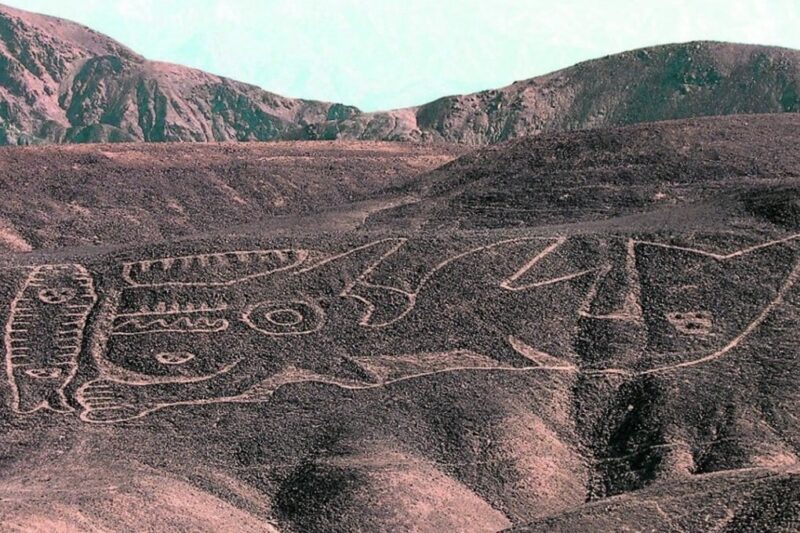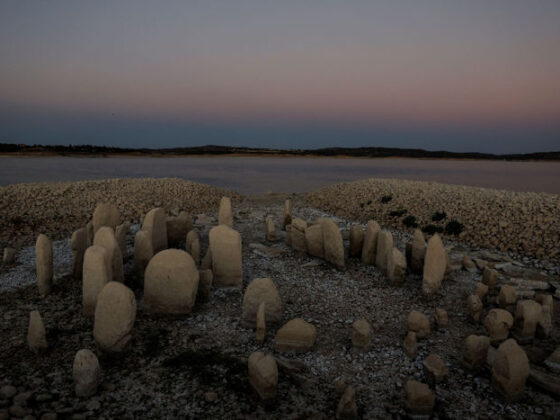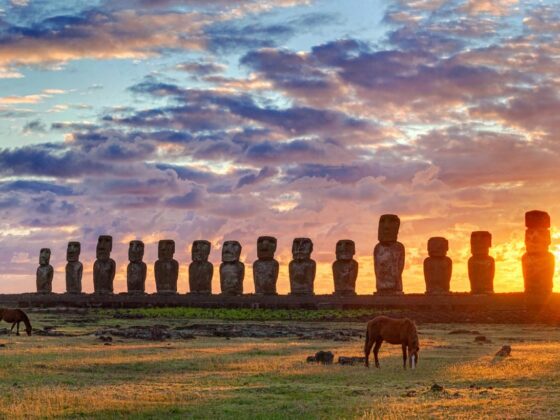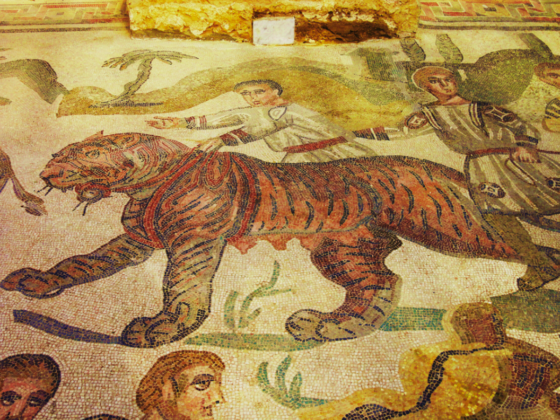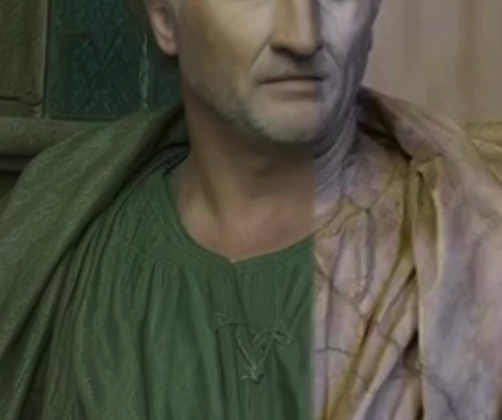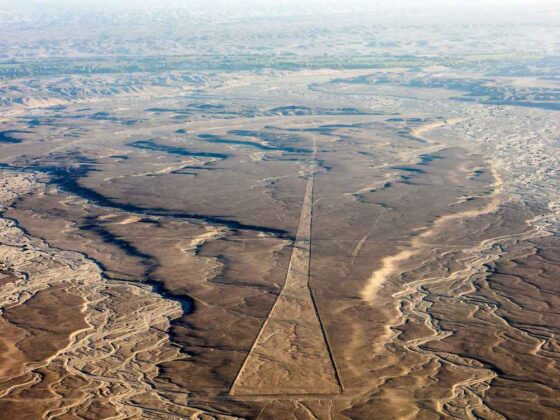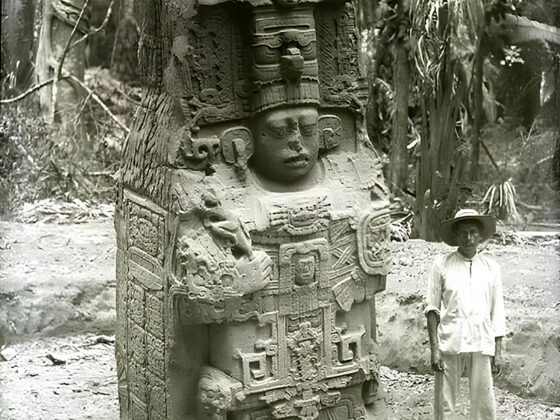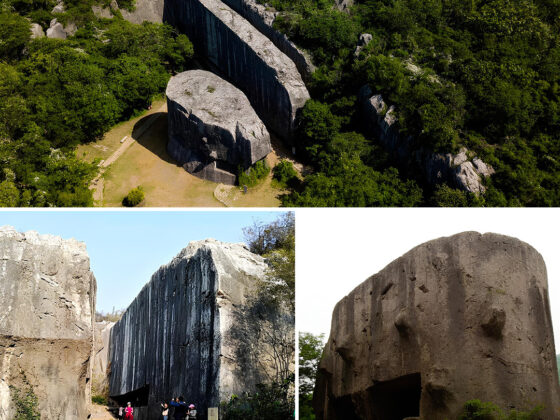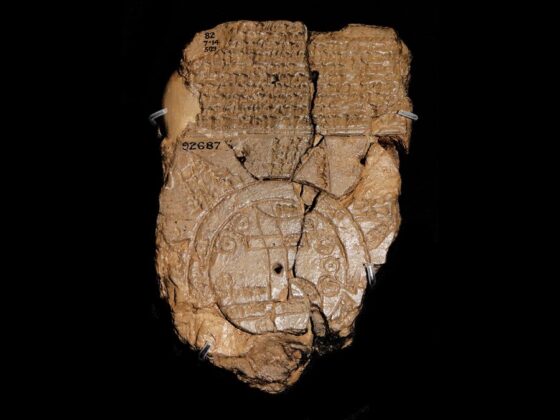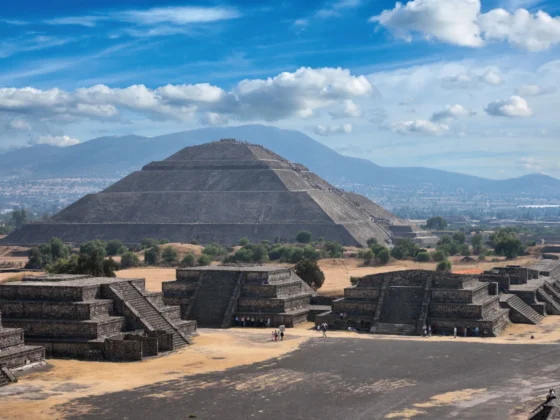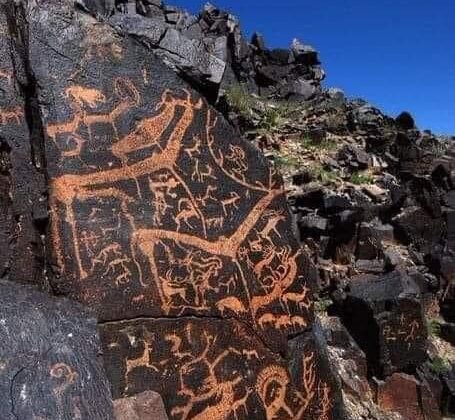In 2015, archaeologists rediscovered a massive geoglyph depicting an orca on a desert hillside in the remote Palpa region of southern Peru. This 230-foot-long (70 meters) figure, etched into the landscape over 2,000 years ago, represents a significant find in the study of ancient Peruvian cultures and their monumental artworks.
The orca geoglyph was initially documented by German archaeologists in the 1960s but its exact location was lost to time. Johny Isla, head of Peru’s Ministry of Culture in Ica province, stumbled upon a photograph of the geoglyph in 2013 while researching at the German Archaeological Institute in Bonn. This discovery sparked a determined search using Google Earth and on-foot exploration, culminating in the geoglyph’s rediscovery in January 2015.
Created around 200 BC, the orca figure is believed to be one of the oldest geoglyphs in the region, predating many of the famous Nazca Lines. Its age and style suggest it may have been created by the Paracas culture, which inhabited the area from around 800 BC to 200 BC, before the rise of the Nazca culture.
The geoglyph’s construction technique is particularly interesting. Parts of the image were created using negative relief, where a thin layer of stones was removed to form the outline. This method is similar to that used in later Nazca geoglyphs. However, other elements, such as the orca’s eyes, were made using positive relief, with piles of stones creating the design. This mixed technique points to a transitional period between Paracas and Nazca artistic styles.
In 2017, Isla led a team of six specialists from Peru’s Ministry of Culture to clean and restore the long-neglected orca geoglyph. The restoration was crucial, as the figure’s location on a hillside made it particularly vulnerable to erosion and damage over time.
The orca held significant importance in ancient Peruvian lore, often considered a powerful, semi-mythical creature. Its depiction as a geoglyph suggests it played a role in the religious or cultural practices of the people who created it.
The Palpa and Nazca regions are renowned for their concentration of geoglyphs, with over 1,500 identified in the area. These ancient ground drawings, which include animal figures, straight lines, and geometric shapes, cover an area of more than 174 square miles (450 square km). While their exact purpose remains a mystery, archaeologists generally believe they held religious significance.
Currently, public access to the orca geoglyph is restricted due to land ownership disputes. However, Peru’s Ministry of Culture is working to secure access and provide basic services for future visitors, recognizing the site’s archaeological and cultural importance.
The rediscovery and restoration of the orca geoglyph not only adds to our understanding of ancient Peruvian cultures but also highlights the ongoing challenges in preserving and studying these remarkable remnants of the past. As research continues, this ancient artwork may reveal more secrets about the people who created it and their view of the world over two millennia ago.
